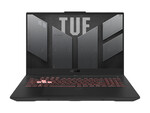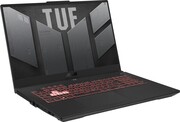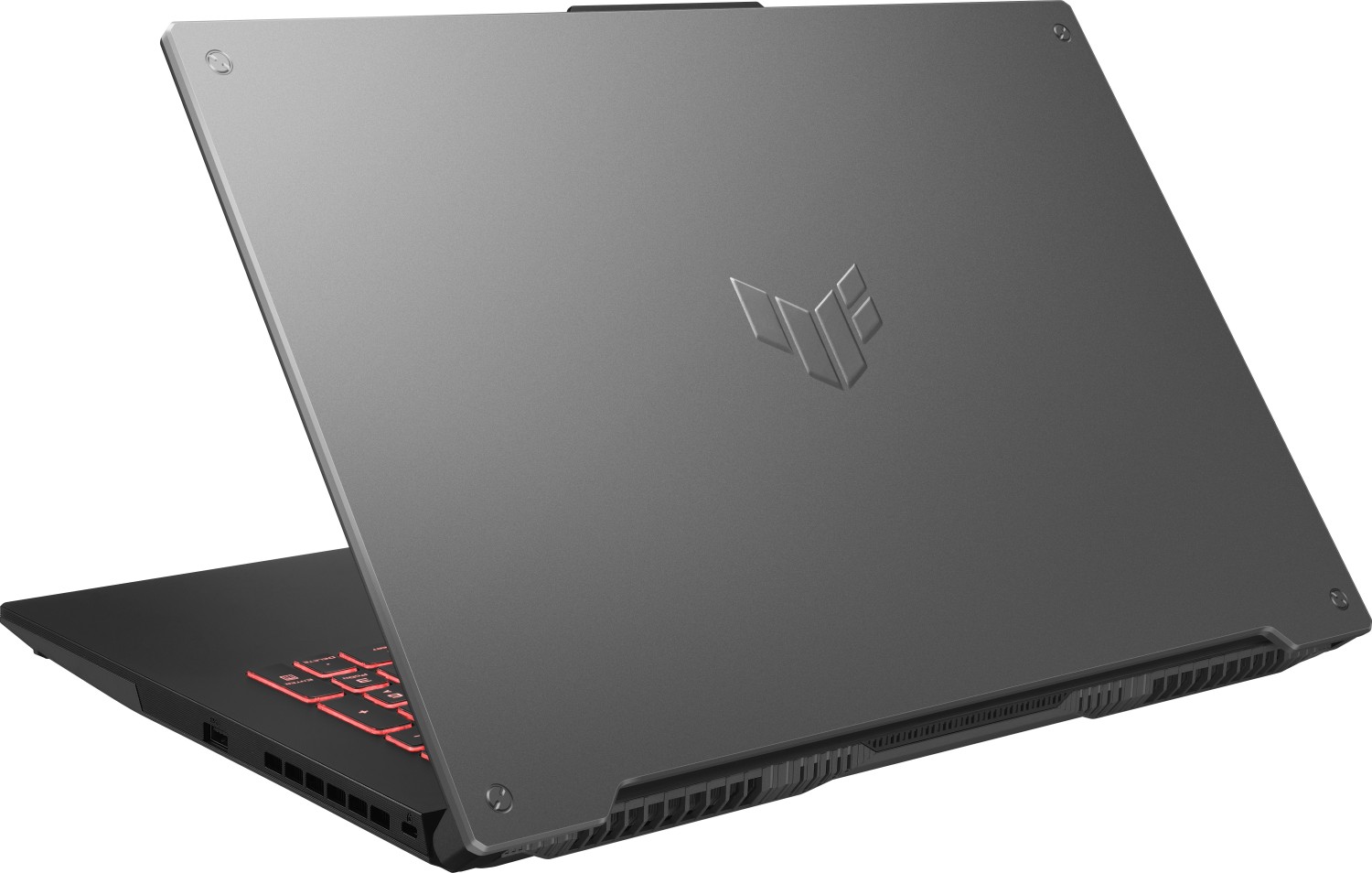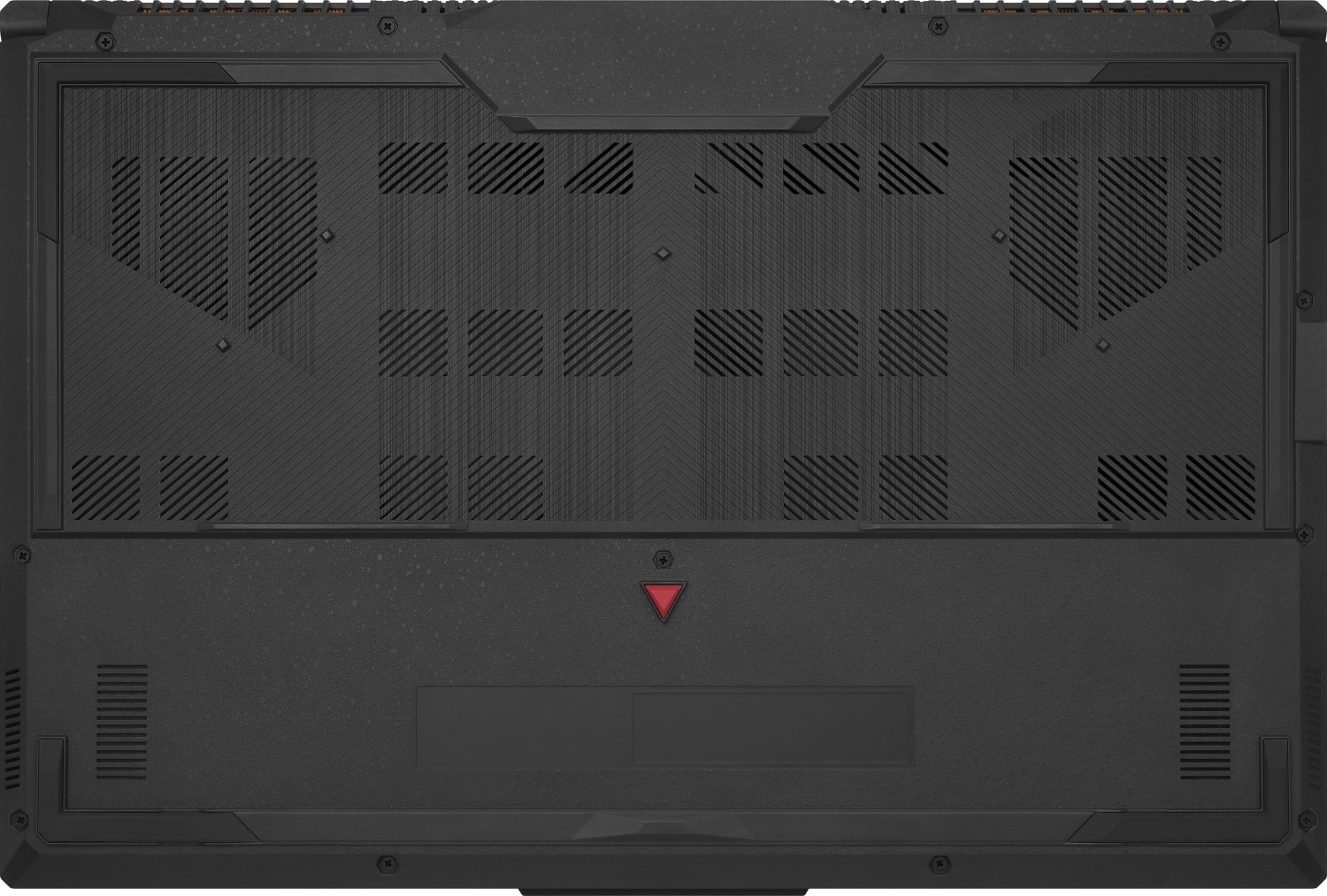Asus TUF Gaming A17 FA707RR
Specifiche tecniche

Price comparison
recensioni per Asus TUF Gaming A17 FA707RR
Sorgente: Laptop Media

Pratico, disponibile online, Cortissimo, Data: 07/12/2023
Sorgente: Laptop Media

Supporto, disponibile online, Cortissimo, Data: 04/08/2022
Sorgente: Laptop Media
 EN→IT
EN→ITThere is one big question that needs an answer. Is the TUF Gaming A17 FA707 a better purchase than the ROG Strix G17 G713R (2022)? Well, it depends. Undoubtedly, the Strix is the more premium product. Arguably the biggest advantage it has over its TUF fellow is in regards to the display. ASUS TUF Gaming A17 A707’s IPS panel has a Full HD resolution, comfortable viewing angles, and a very good contrast ratio. However, it covers only half of the sRGB color space. On the bright side, the panel doesn’t use PWM for brightness adjustment and comes with a 144Hz refresh rate. This, of course, is a huge disadvantage to the 360Hz 1080p option in the ROG Strix. On the other hand, the TUF is the more affordable of the two, and has a big Ace up its sleeve – it has a Web camera. This feature is definitely not new for the TUF Gaming series, but it is a big factor in the decision-making process. Another super important aspect is the performance. We are glad to say that this device posts fantastic scores in both synthetic benchmarks and real-world gaming, and we are really grateful that this series has also received a TGP injection.
Singola recensione, disponibile online, Lunghissimo, Data: 04/08/2022
Commenti
NVIDIA GeForce RTX 3070 Laptop GPU: Scheda grafica per computer portatili di fascia alta basata sul chip Ampere GA104. Disponibile in diverse versioni con un TDP da 80 a 125 Watt.
Queste schede grafiche dovrebbero essere in grado di far funzionare tutti i giochi attuali con un framerates fluido ma rinunciando al livello di dettaglio massimo. Specialmente i giochi impegnativi come Crysis, Age of Conan, o Mass Effect sono utilizzabili soltanto con impostazioni grafiche ridotte. I giochi meno pesanti (e più datati), come Fifa 08, Command & Conquer 3, o Battlefield 2142 possono essere giocati con livello di dettagli più alto.
>> Ulteriori informazioni le potete trovare nel nostroConfronto delle schede grafiche e nella nostra Lista dei Benchmark.
R7 6800H:
APU mobile Octa-Core con core Zen 3+ con clock da 3,2 a 4,7 GHz e adattatore grafico RDNA2 con 12 CU con clock fino a 2.200 MHz.
>>Ulteriori informazioni le potete trovare nel nostroConfronto dei processori per portatili.






